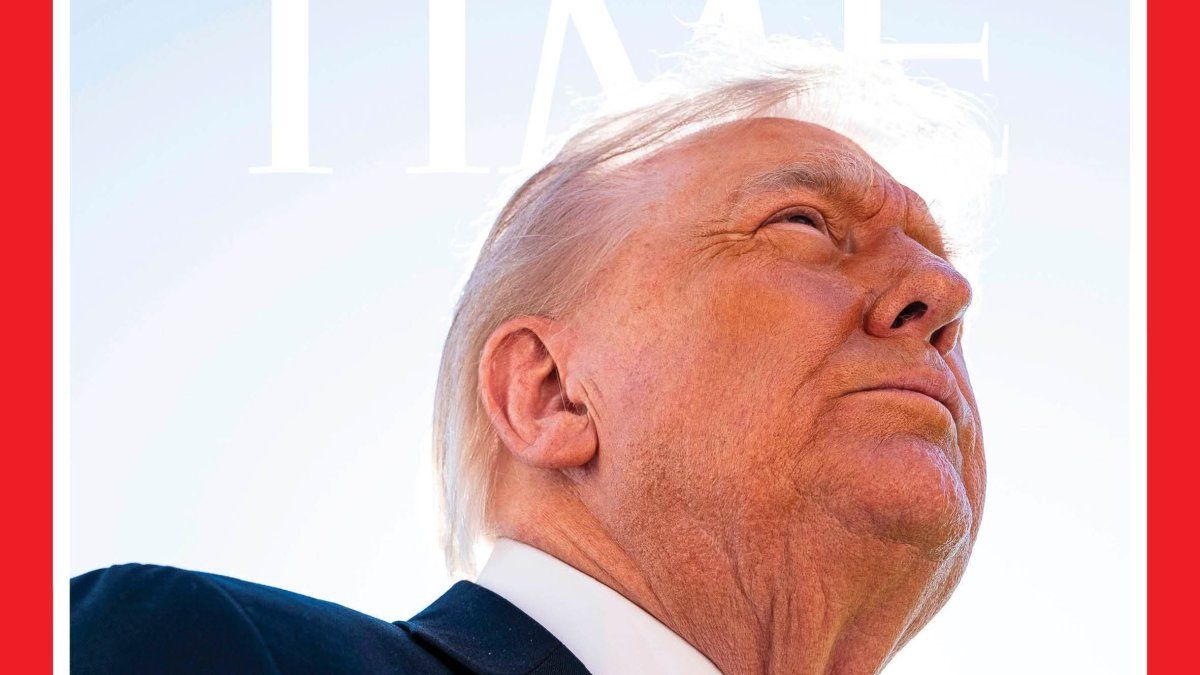The blue dollar fell $120 (-11%) in the last two days and was quoted at $930 for purchase and $980 for sale this Thursday and the gap with the official exchange rate was 180%. This occurs in the time of discount towards the presidential runoff, which will be on November 19 in a context in which the Government has been reinforcing incentives from all sides to keep the exchange market under control. This dynamic put downward pressure on it and, with this fall, one of the dilemmas that savers face is what to bet on: fixed term or blue dollar?
The first thing to note is that the decline in the dollar is associated with several factors. As indicated to Ambit Anker’s economist Martin Vauthier“The Government continues to have incentives to manage the situation in this transition until the second round, with a Central Bank (BCRA) with little firepower to intervene in financial dollars”.
It indicates that we have an official dollar that, in real terms, returned to levels prior to the August devaluation and with a very high gap with the parallels. “This causes the BCRA to lose reserves due to intervention and is unable to rebuild them through purchases in the official exchange market (the MULC),” says Vauthier. It is there that measures appear to encourage sales abroad and are combined with limitations on imports to add reserves through the official market. Likewise, liquidity is derived towards Cash With Settlement (CCL) through the income of 30% of exports through that market.
“They try, on the one hand, to mitigate the pressures on the dollar and, on the other hand, to divert supply towards financial dollars and reduce the BCRA intervention needs”, summarizes Vauthier. Likewise, from Epyca Consultores, Joel Lupieri observes that, facing the runoff, “the dispute centers between two candidates who, a priori, seem to have ideas about a different country and that plays in favor of uncertainty.”
Is a fixed term or blue dollar appropriate?
He warns that, for the market, although Massa leads, the prospect of Milei being elected does not seem to be a mitigating factor either. Thus, in the current context of economic volatility and political uncertainty, with a blue dollar that falls as a reflection of this dynamic Is the fixed term appropriate?
Economist Elena Alonso points out that, “The decision between going to the blue dollar or making a fixed term will clearly depend on what you are looking for with the investment.”. And he explains that buying banknotes in the informal market is not an investment, but rather a safekeeping of currency. Meanwhile, taking into account a term of 30 days, the fixed term guarantees a rate of 11%, which can be useful if the money is needed for a special purpose, such as paying a debt.
For Ignacio ZorzoliDirector of Finance of the Argentina XXI Economic Studies Center (CEEAXXI), meanwhile, “the option of investing in an instrument that leaves the money immobilized for 30 days is not highly recommended.”
Consequently, he points out that the possibility of carrying trade should be discounted only to assets that allow flexibility of maneuver to quickly build and disarm positions in case the scenarios change. “If you want to carry trade, options such as CER bonds or investment funds that place assets in this type of assets are more recommended than the fixed term.“, Explain.
dollar-blue.jpg
The blue dollar is a price that is highly influenced by supply and demand.
Depositphotos
It is worth mentioning that, currently, fixed terms give an approximate Annual Nominal Rate (TNA) of 133%, an effective rate (TEA) of 253% and a monthly rate of 11%. “In terms of comparison with inflation, it is at competitive levels, as long as there is no acceleration in prices,” says Juan Alra, Portfolio Manager at Southern Trust. However, he points out that we are close to the runoff, where one of the parties is willing to make an exchange in the currency (dollarize).
Thus, he believes that “the risk today is different.” And the fact is that, if dollarized, deposits in pesos would devalue very quickly. Meanwhile, regarding the dollar as a long-term investment, for Alra, it is usually interesting, but he maintains that “the risk perspective today is high and that forces more conservative movements, due to the proximity of the runoff.”
And, on the other hand, it is worth mentioning that the gap between the official exchange rate and the MEP dollar currently exceeds 100%. Consequently, Zorzoli believes that “resorting to a blue dollar that is traded close to $1000 is not convenient either, taking into account more attractive options such as resorting to the MEP dollar.”
On the other hand, he points out that this moment of falling asset prices in pesos is a good opportunity to dollarize portfolios at lower costs than last week. And the fact is that bonds fell in the stock market and it is an interesting time to go to stock market dollars in this context.
Where to put the weights
In summary, given the current context, Zorzoli points out that “Neither of the two options proposed (fixed term or blue) is recommended”. Instead, it is considered more appropriate to look for alternatives to make the most of resources, such as the MEP dollar or dollarized assets.
And Alonso agrees that betting on legal dollars, like financial ones, is more interesting in the current context because the US currency has strong potential if inflation is not controlled. “I prefer assets tied to the official dollar rather than the blue or the fixed term. Now, if I have to use the money in a month, then the latter may be a good option,” he says. Alra, for its part, points out that “It seems that the best option is to always be liquid, with money market funds, for example, and wait for the election results.
Source: Ambito
I am a 24-year-old writer and journalist who has been working in the news industry for the past two years. I write primarily about market news, so if you’re looking for insights into what’s going on in the stock market or economic indicators, you’ve come to the right place. I also dabble in writing articles on lifestyle trends and pop culture news.




